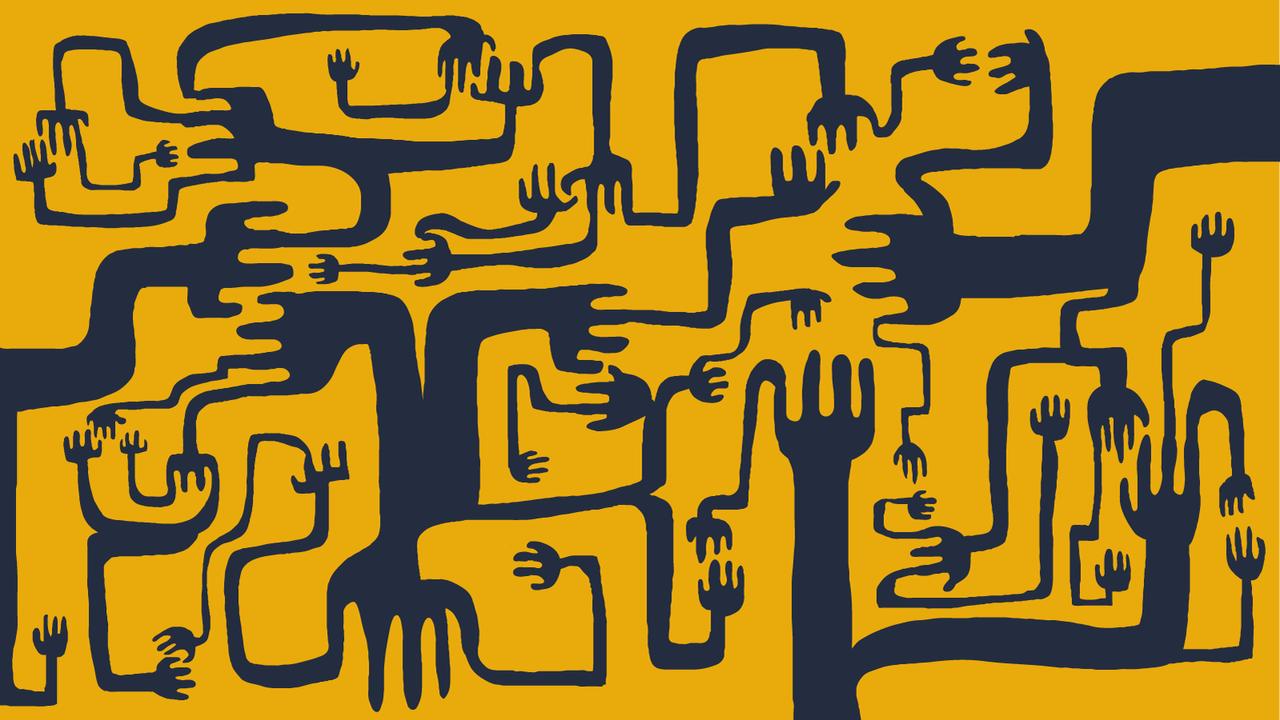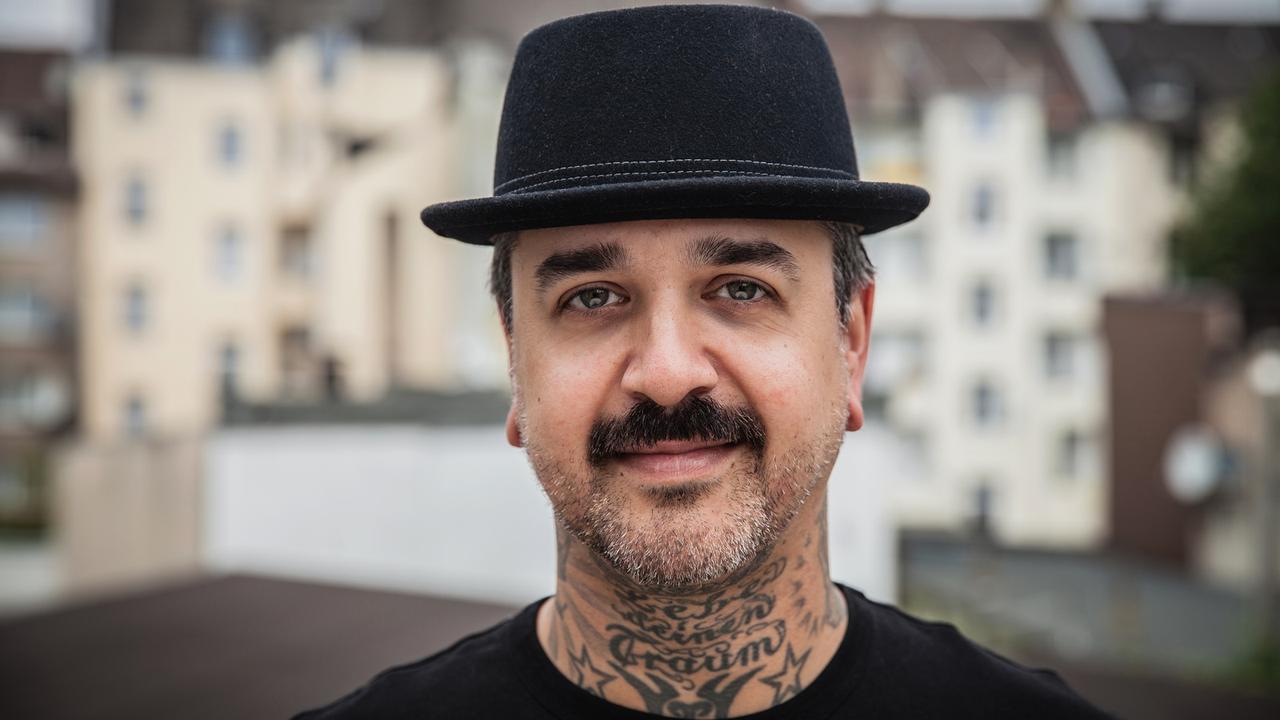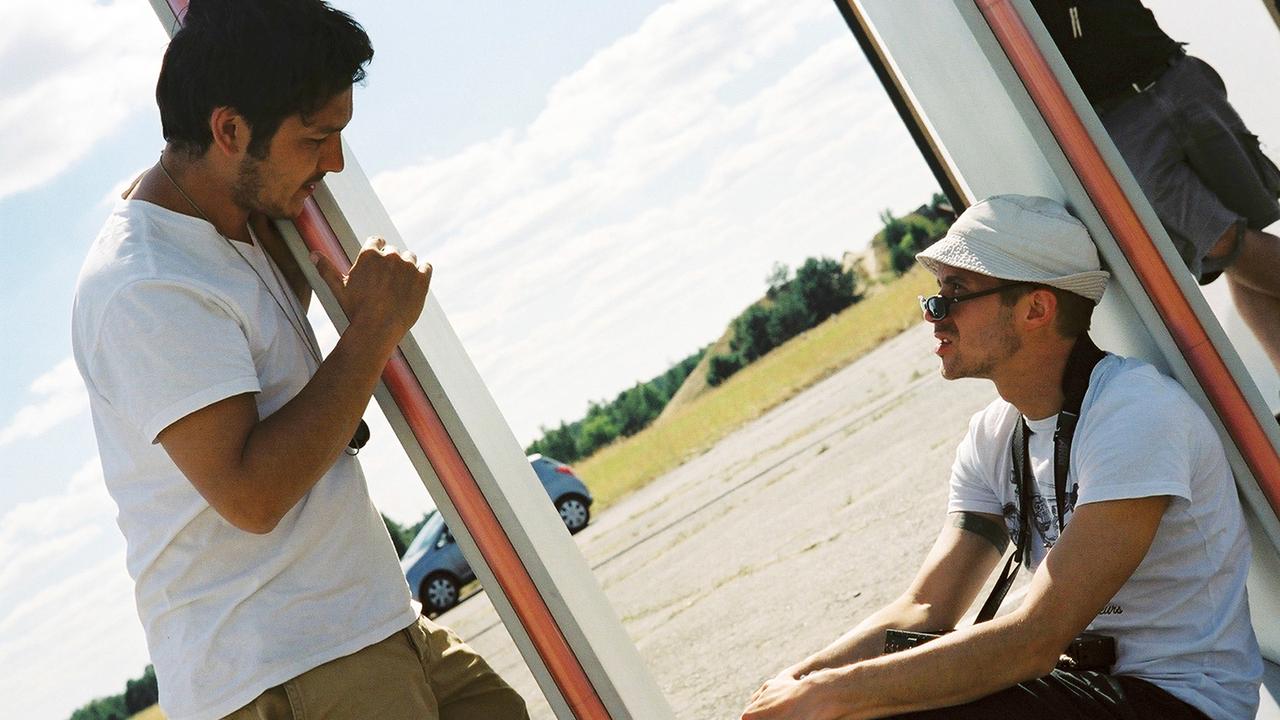What Google's self-driving car has to do with Alan TuringUnderstanding Digital Capitalism | Part 2
23.3.2015 • Gesellschaft – Text: Timo Daum, Illustration: Susann Massute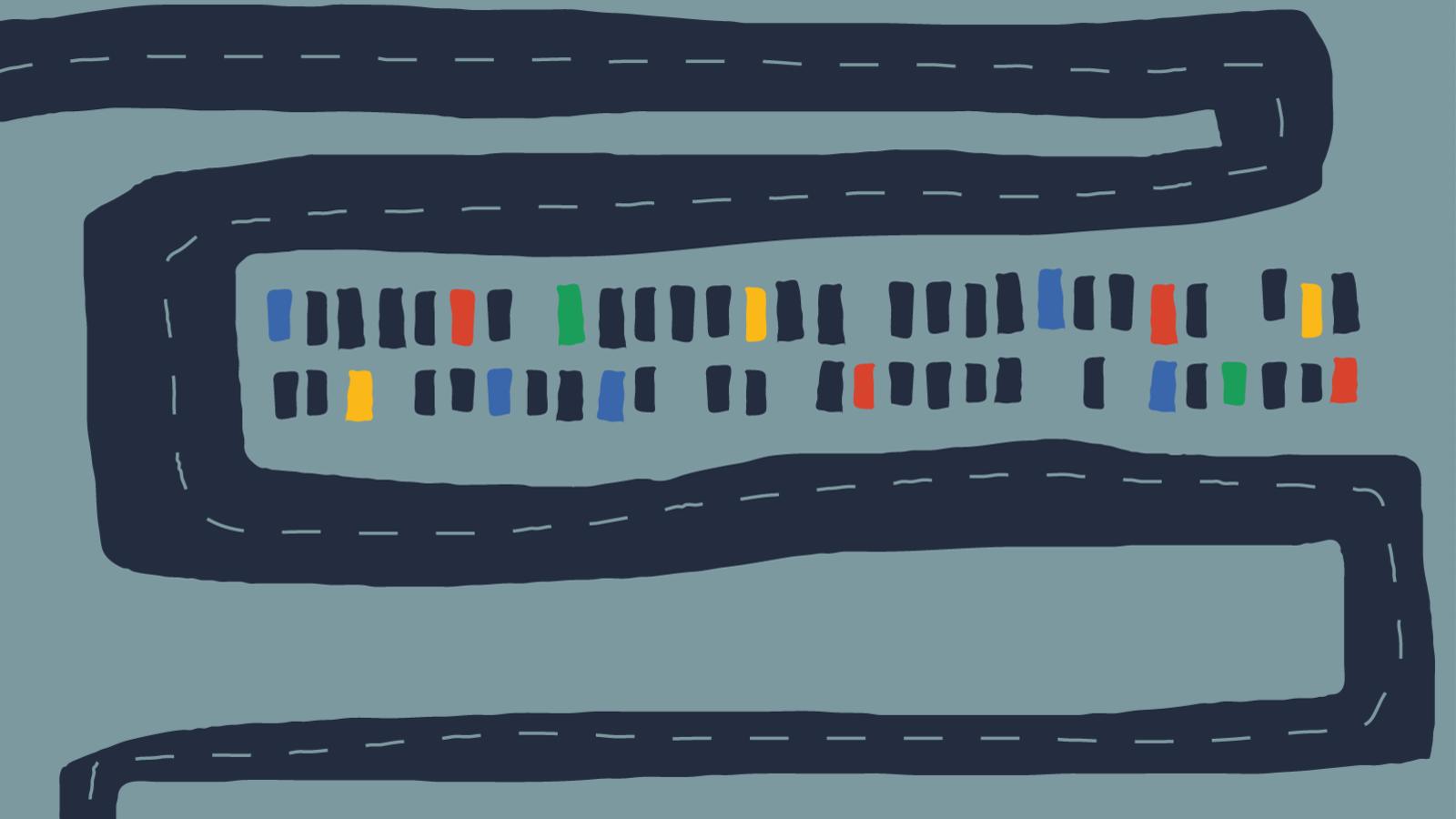
That’s how the car of the future looks like: it’s electric, small, comes without steering wheel or pedals, and it steers itself. This cute little thing gets ahead with the help of digital maps, GPS navigation and a variety of sensors. Data generation, data processing and networking capabilities overshadow horsepower, gears or equipment. It’s no wonder then that the vehicle does not come from Daimler, but from Google.
The desire for independence, individuality and freedom of the individual, 20th Century Capitalism managed to condense in the automobile. It combines two core features of capitalist Glücksversprechen in one device: autonomy and mobility. The American way of life is unthinkable without motorised private transport and the concomitant infrastructures of highways and the suburban life model. Although social mobility has become ever more distant a prospect, the last bastion of egalitarianism still stands: while driving, we are all equal.
However, the digital economy has set out to add a further insult to freedom-loving motorists – let machines see to that! But does that work? How can engineers at Google possibly know that it is feasible for a machine, a computer to fulfil this task? Aren’t there any aspects in driving that can’t be picked up by computers in principle? What’s next: motorbiking, surgical operations, care of children and the elderly? Where is the line between what goes and what goes not?
##Alan Turing
Surprisingly enough, answers can be found in Alan Turing's 1936 paper "On Computable Numbers with an Application to the Entscheidungsproblem” - the founding document of the computer age. At first sight, the issue of these 36 pages is an abstract problem in the foundations of Mathematics, but the concept for the modern computer fell sideways out of that research together with an answer to our initial question, if you like.
In his brief life– he most probably poisoned himself with an apple at the age of 41, after having been sentenced to hormone therapy because of his homosexuality – Alan Turing contributed ideas to a whole range of areas. Most people might know him for cracking the Enigma, a code with which the Nazis encrypted their radio messages, by replacing cryptographers with a machine. Some might also have heard about the Turing Test in Artificial Intelligence. However, the thoughts in his 36-page essay are the ones which have changed our world forever.
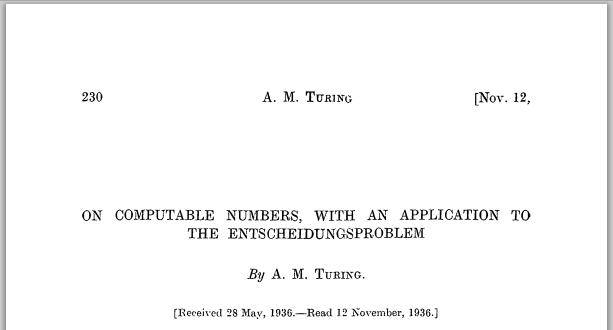
##The Entscheidungsproblem
Turing had set out to understand if certain processes in Mathematics could be done simply by following a set of rules. Is it possible to tell whether a mathematical proof process comes to an end /to a conclusion after a finite number of steps? This question formulated in 1928 by the mathematician David Hilbert 1928, is known as a decision problem. Turing proved that the answer is no. The question of decidability must be answered in the negative.
Turing's proof has gained fame far beyond mathematics, due to the assumption that he proved first: any task that can be processed in the form of an algorithm can be done by a machine. An algorithm is a step-by-step set of operations to be performed in the solution of a problem, that can be expressed within a finite amount of space and time and in a well-defined formal language.
This means that each arithmetic operation or any operation that can be recorded as a result of clearly defined individual steps can be done by a computing machine: "Each operation in the context of a formal system can be performed by a Turing machine" (Turing’s hypothesis).
Turing's proof has gained fame far beyond mathematics, due to the assumption that he proved first: any task that can be processed in the form of an algorithm can be done by a machine.
##Computer
In 1936 the word computer had a very different meaning to what it does today. It meant a real person with a pencil and paper engaged in arithmetical calculations. Banks, observatories and the military employed many such people, dealing with the huge amounts of information produced as science and industry grew ever more complex.
What goes on in the mind of a person carrying out a computation? It’s a vastly complex biological system, capable of consciousness, thoughts and insights. Turing asked: are these capabilities critical to the process of computation? Or is it enough to follow precisely a set of rules to compute something, something a robot could do? The disappearance of the entire profession, its complete replacement by calculating machines, and the semantic change of the word computer itself, settles the question.
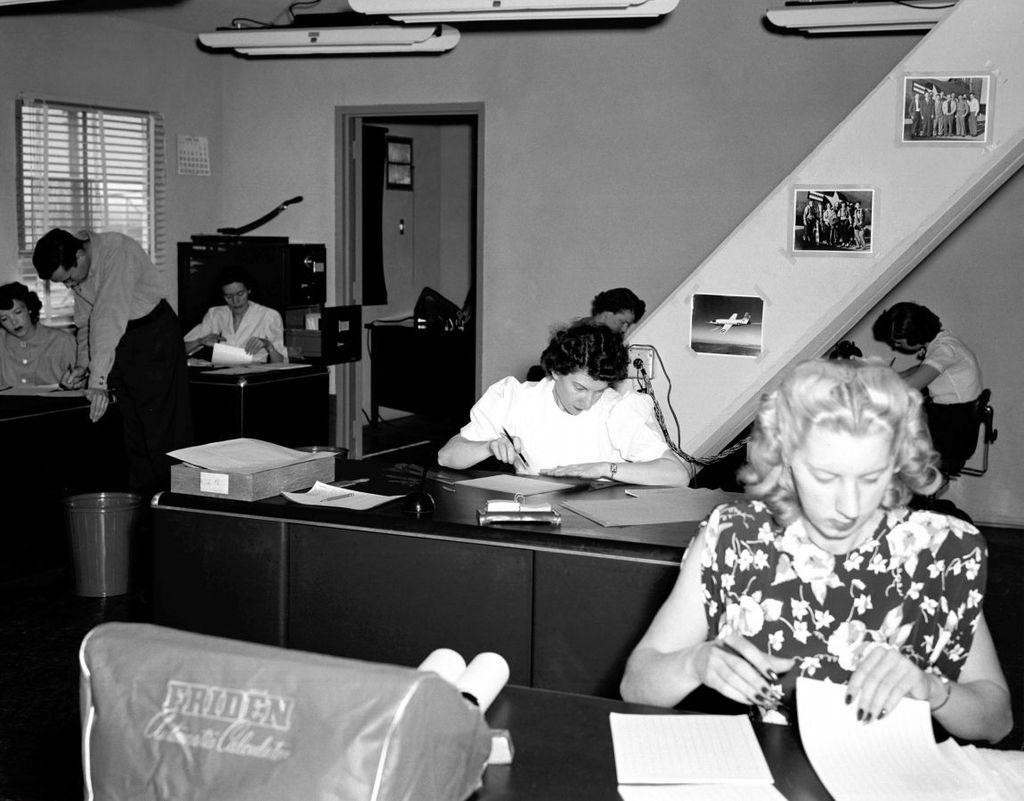
Human computers. Daily work routines at the NACA High Speed Flight Station during the 1940s.
##The Turing Machine
Turing's thought experiment originated from the idea to reduce a real person that performs calculations to the very essence of it. Turing’s machine consists of a paper tape with zeroes and ones and a read/write head – that’s it. The paper strip is what we call today the memory of the computer, the ones and zeroes represent the code or the commands fed to the machine. The code tells the head what to do. Turing’s paper machine is an incarnation of the concept of an algorithm.
Turing stunned the world with his thesis that machines could calculate - today we know that they can do much more: write, translate, play music, create images, playback videos, etc. The list of human activities and operations that can be replaced by a machine has become longer and longer in the course of history. The step from syntactic work as in computing to far more demanding activities such as driving car seems quite large – will machines eventually drives cars, too?
##Self-driving Turing Machines
First of all, humans are horribly bad drivers: Step on the gas, slam on the brake, get easily distracted and act emotionally and unpredictably. In an experiment, motorists should drive in a circle and a constant distance, the result being disastrous. 1.24 million people die on the road every year, in an estimated 93% of these cases, human error is the cause. So should we rephrase the question and ask: Should people drive anyway?
Back to Turing: At first all aspects implicated in driving – complying with traffic rules, recognizing situations and other road users, reacting properly to unexpected situations – need to be deposited in the form of a (long but finite) list of rules. Once this code is written, then a machine can process that code and result in a possibly much better driving experience than ever.
Experimental evidence for the physical mechanism of forming a jam. "The Mathematical Society of Traffic Flow", Yuki Sugiyama et al., New Journal of Physics, 2008,
Engineers at Google (and elsewhere) seem to be convinced that driving in all its apparent complexity can be reduced to a set of rules, an algorithm, or a computer program. As of today, there are only 100 prototypes, only 300,000 kilometers in successful test drives, but it seems very likely that Google will have success with the concept.
A humiliation for freedom-loving motorists is imminent her! He will soon have to hand over the steering wheel – or rather it will just disappear impiously. Motorized individual transport is coming to an end, and the auto-mobile driver is replaced by a networked, self-propelled App.
Google is looking for partners inside the automotive industry, and apparently doesn’t want to get implicated in the production of such vehicles. Yet Google will probably not let go of its core business – offering access to data-driven services. So once more the Digital Economy challenges the old model of individual purchase of an industrial product by the masses, for which Ford’s model T once was the paragon.
What's up next? Self-driving motorcycles, automatic surgical operations, robot nurses? 80 years ago, Alan Turing gave us the answer: if those activities can be performed in a satisfactory manner “simply by following a set of rules", then yes.
Timo Daum is a lecturer. His fields include online, media and digital economy. His series of articles on Das Filter are based on a string of lectures which took place in Berlin.
